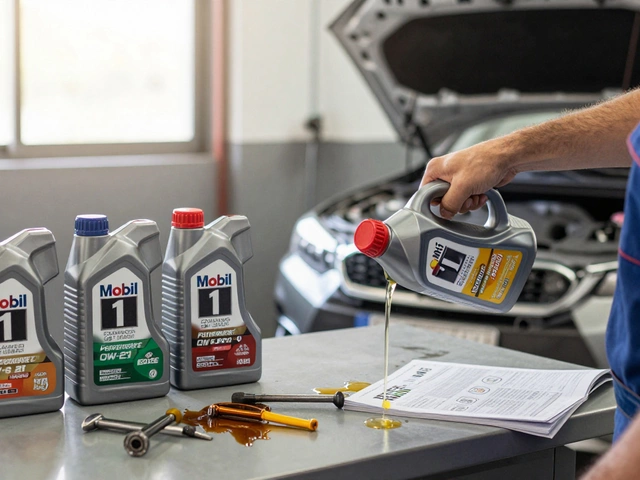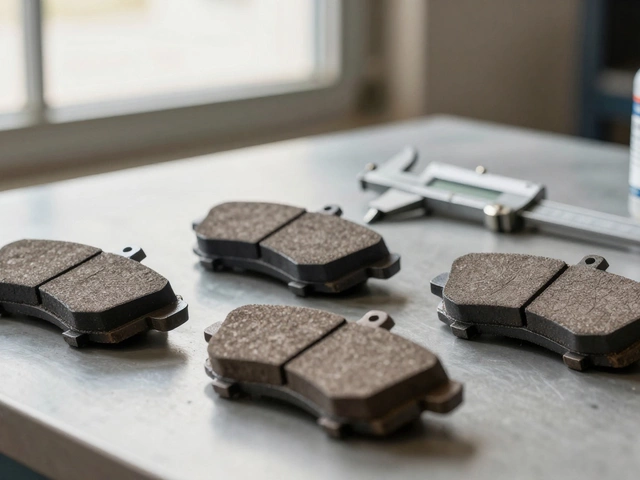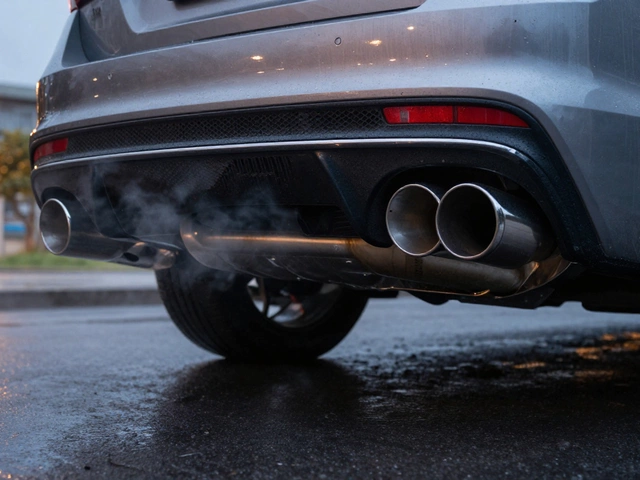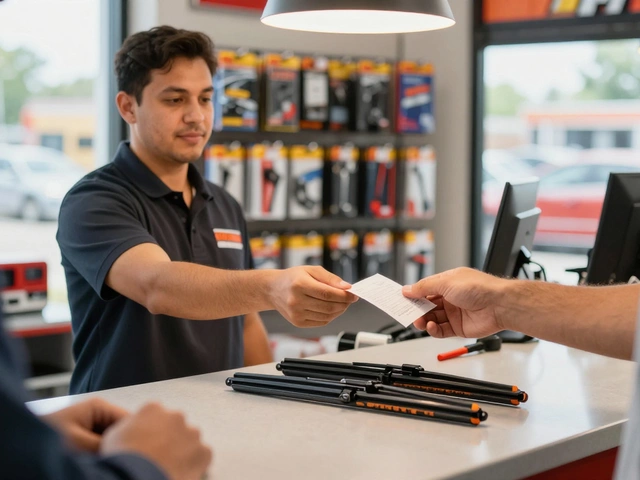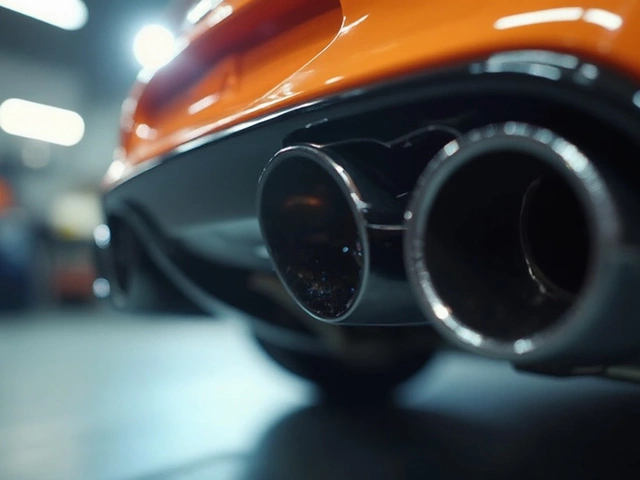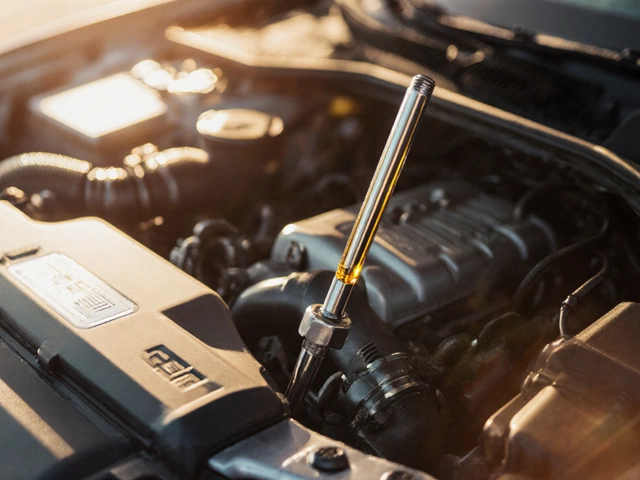Fuel Pump DIY: How to Test, Replace, and Keep Your Fuel System Healthy
When working with fuel pump DIY, the practice of diagnosing, testing, and swapping a car’s fuel pump yourself. Also known as fuel pump repair, it lets you save money and understand a key part of how your engine runs.
One of the first things you’ll notice is how the fuel filter, a mesh screen that catches contaminants before fuel reaches the pump works hand‑in‑hand with the pump. A clogged filter forces the pump to work harder, which can drop pressure and cause premature wear. Pair that with a fuel pressure gauge, a handheld tool that reads the pump’s output in psi and you have a basic diagnostic combo. fuel pump DIY projects often start by attaching the gauge to the test port, watching for the spec range in the owner’s manual, and noting any spikes or drops.
While you’re checking pressure, keep an eye on fuel injectors, spray nozzles that deliver measured fuel droplets into each cylinder. Poor injector flow can mimic a weak pump, so a clean injector test helps isolate the problem. If the gauge shows healthy pressure but the engine still hesitates, suspect the injectors before pulling the pump.
All of this falls under the broader umbrella of automotive DIY, any car‑maintenance task you tackle without a professional shop. You don’t need a full mechanic’s toolbox—just a set of basic tools, safety gear, and a few specialty items like a fuel line disconnect tool and a catch pan. Knowing how the fuel system is laid out in your make and model reduces guesswork and keeps you safe around gasoline.
Here’s the typical workflow for a fuel pump DIY: first, verify the symptom by reading the pressure gauge while the engine runs. Second, relieve fuel system pressure—most vehicles have a pressure‑release valve or a fuse you can pull. Third, disconnect the fuel lines using the proper quick‑disconnect tool. Fourth, remove the pump (often from the tank or a side‑mount). Fifth, install the new pump, reconnect lines, and prime the system with a manual pump or by turning the key on (no start) a few times. Finally, re‑check pressure and take the car for a short test drive. This step‑by‑step loop showcases the semantic link: fuel pump DIY requires pressure testing, which in turn relies on a fuel pressure gauge.
Common pitfalls include forgetting to bleed air from the system, which can cause rough idle or a no‑start condition, and neglecting to replace the fuel filter at the same time. Replacing both together saves a future trip and often improves pump longevity. Costs vary—an aftermarket pump can run $80‑$250, while a filter is usually under $20. Expect to spend 1‑2 hours if you’ve cleared the tank and have the right tools.
Now that you know why the fuel pump matters, what tools to use, and how each component connects, you’re ready to dive into the articles below. We’ve gathered hands‑on guides, cost breakdowns, and troubleshooting tips that cover everything from pressure testing to complete pump swaps. Keep reading to find the exact guide that matches your car, skill level, and budget.

Fuel Pump Replacement Cost: What to Expect
Learn the typical price range for replacing a fuel pump, understand parts vs labor costs, compare OEM, aftermarket and remanufactured options, and get tips for DIY or professional service.
CONTINUE READING
